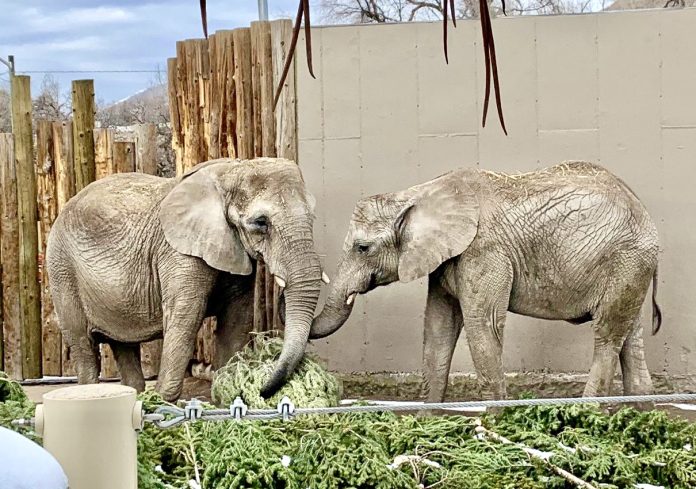You can help all animals and our planet by choosing compassion on your plate and in your glass. #GoVeg
RELATED ARTICLES
Pressure Mounts For Arizona To Ban Dog Pack Hunting Of Mountain Lions, Bears & Other Critical Species
Conservation groups have submitted a petition to the Arizona Game and Fish Commission urging a ban on the use of dog packs for hunting...
Help Save Millions Of Lives This Holiday By Choosing Compassion On Your Plate; Adopt A Turkey Today!
As Thanksgiving approaches, we hope you enjoy a warm and safe holiday. We encourage you to make a compassionate choice by leaving animals off...
Giraffes Are One Step Closer To Receiving Vital Endangered Species Act Protections
In response to a petition and subsequent lawsuit by conservation and animal protection organizations, the U.S. Fish and Wildlife Service (USFWS) has proposed listing...
Popular stories
News
Urgent! Your Voice Is Needed TODAY To Help Save Two Members Of The Endangered Togo Wolf Pack Before They Are Killed Tomorrow In Washington
On Friday, the Washington Department of Fish and Wildlife (WDFW) issued a new order authorizing the killing of up to two members of the Togo...
News
Groundbreaking New Documentary ‘River Of Gold’ Highlights The Destruction That The Amazon Rainforest Is Facing Due To Gold Mining
The riveting documentary River of Gold, which sounds the alarm about the dire threat of illicit and unregulated gold mining in the Amazon Rainforest,...
Breaking News
$25,000 Reward Offered By Animal Recovery Mission For Information On Horses Stolen & Likely Sold For Their Meat In Florida
A string of horse thefts across St. Lucie and Okeechobee Counties in Florida has raised concerns about new targeted areas within Florida's illicit black...



